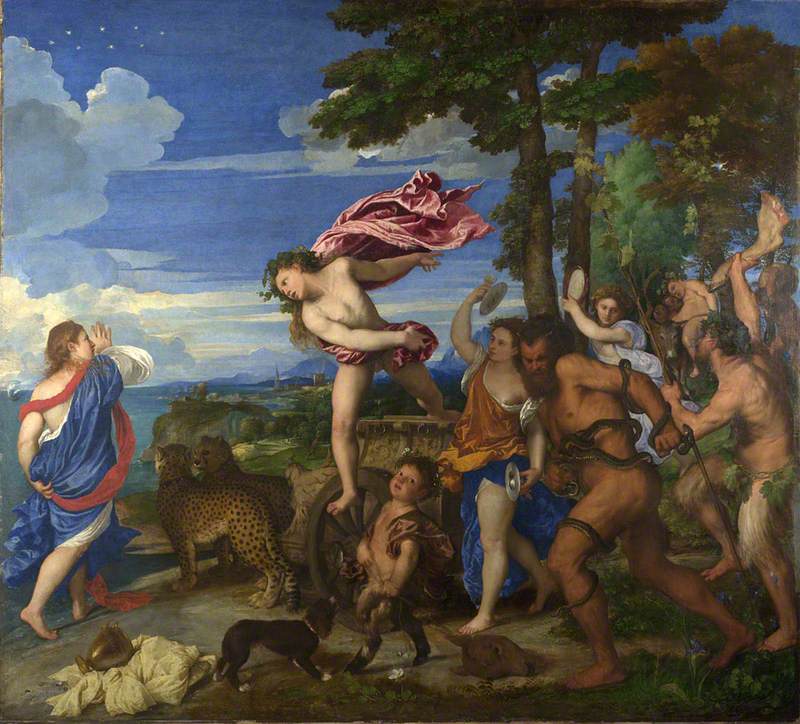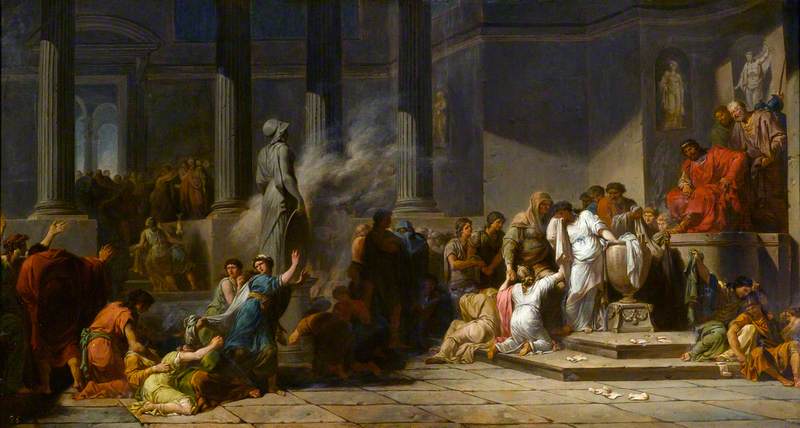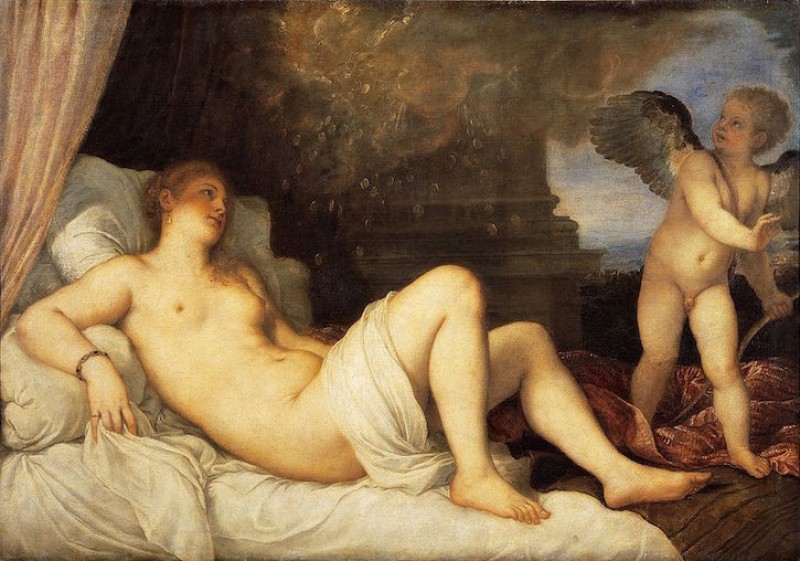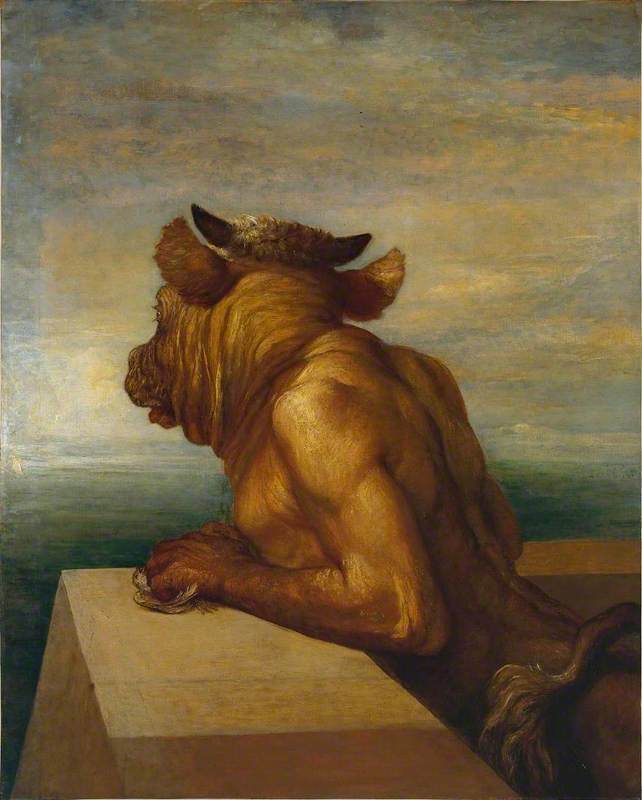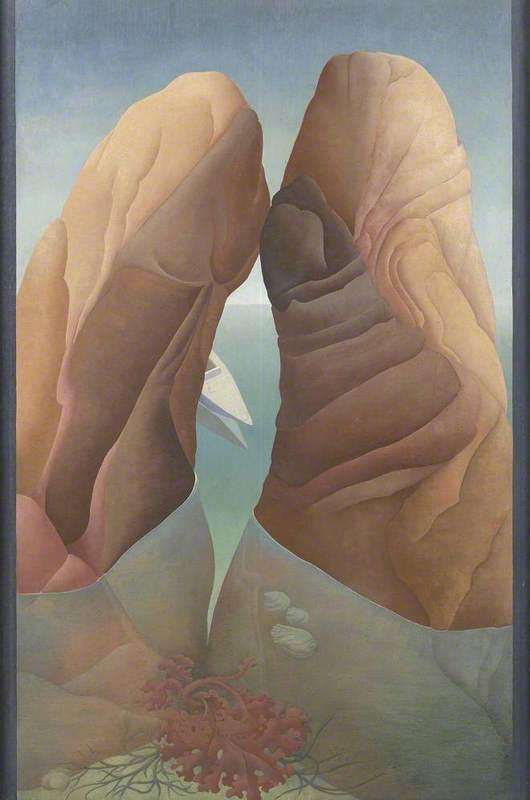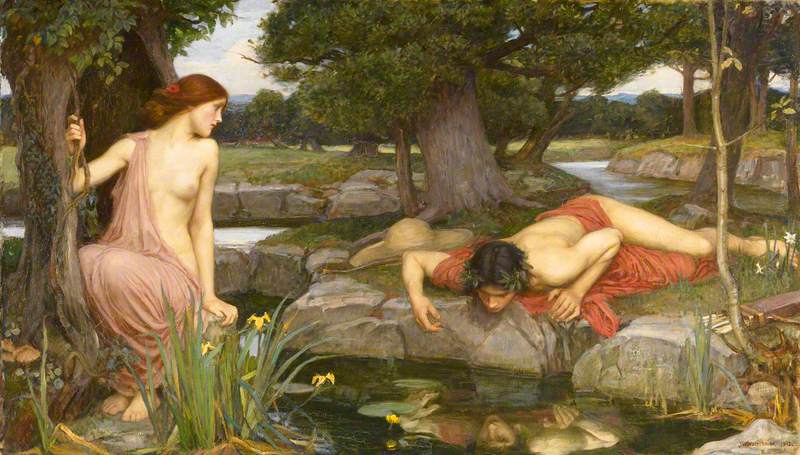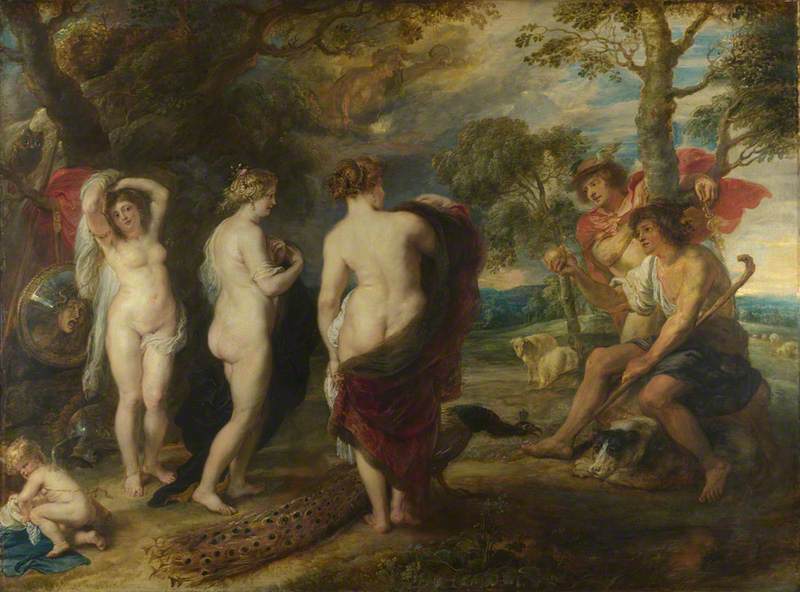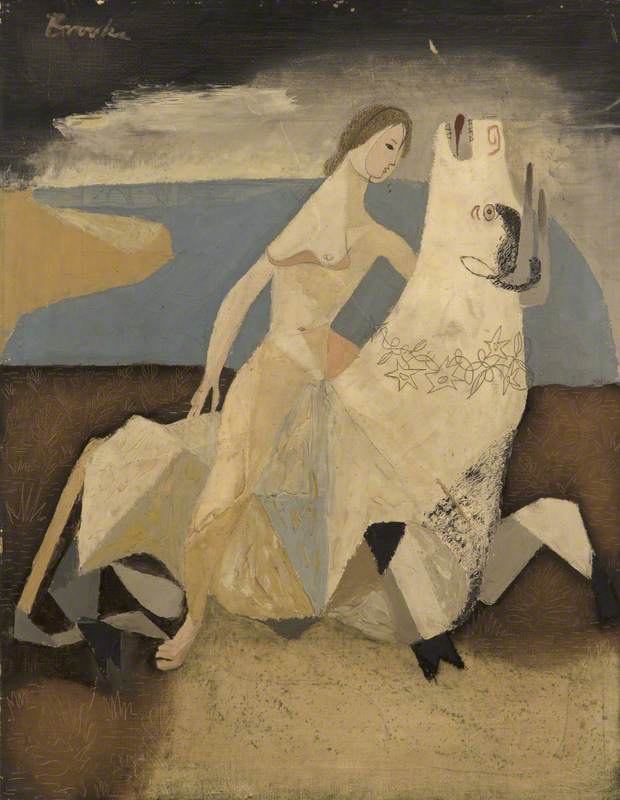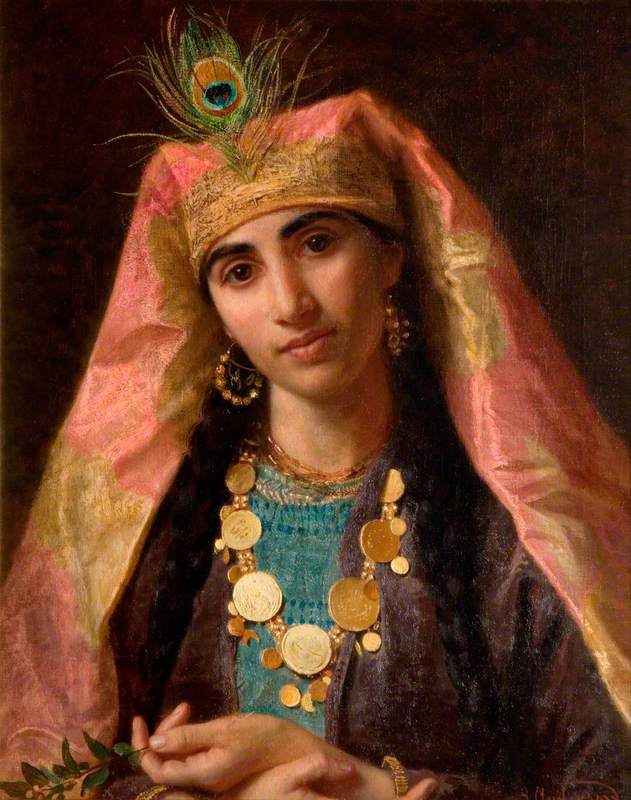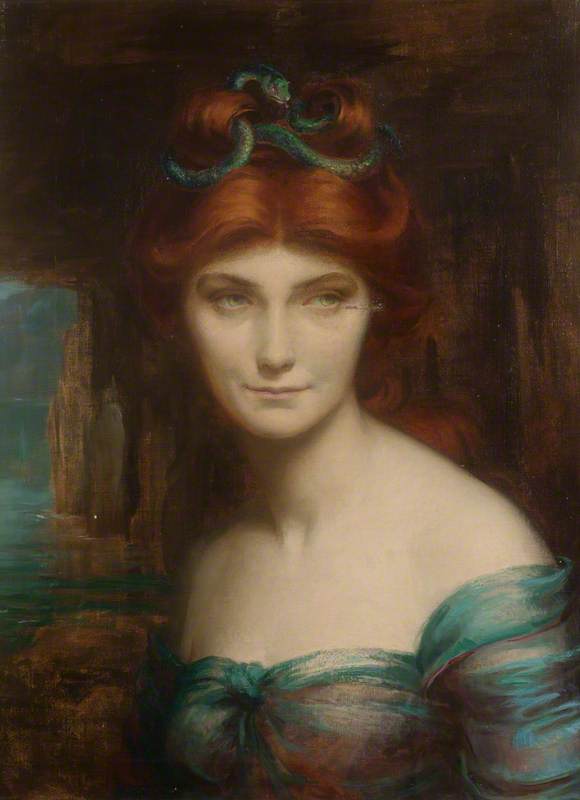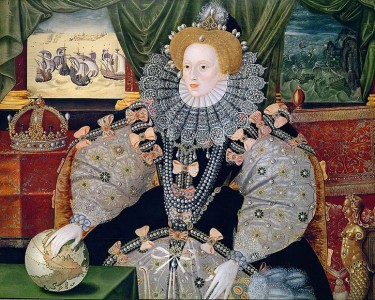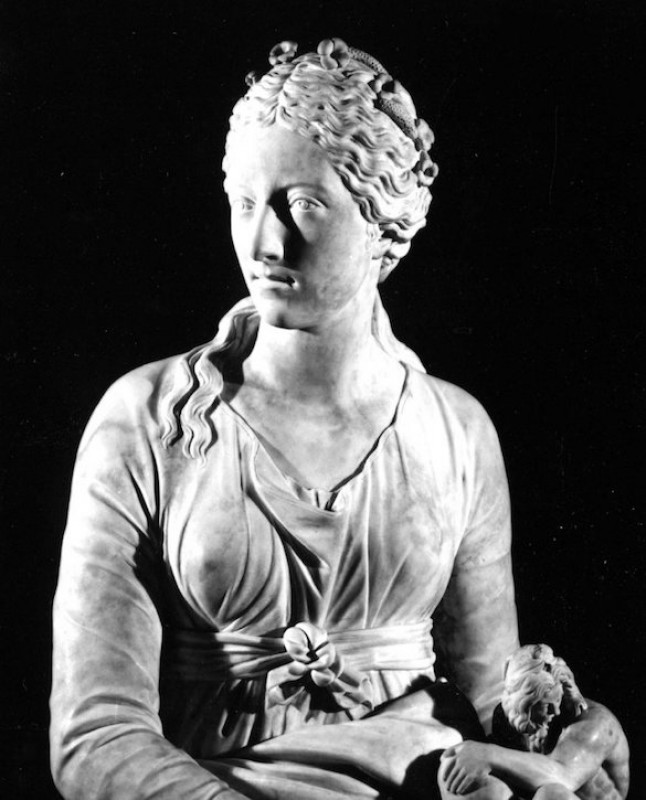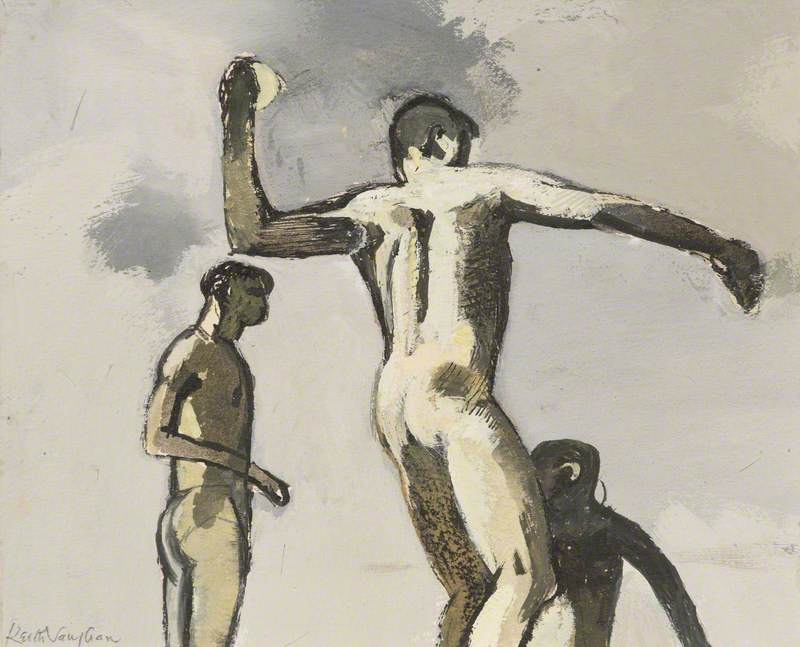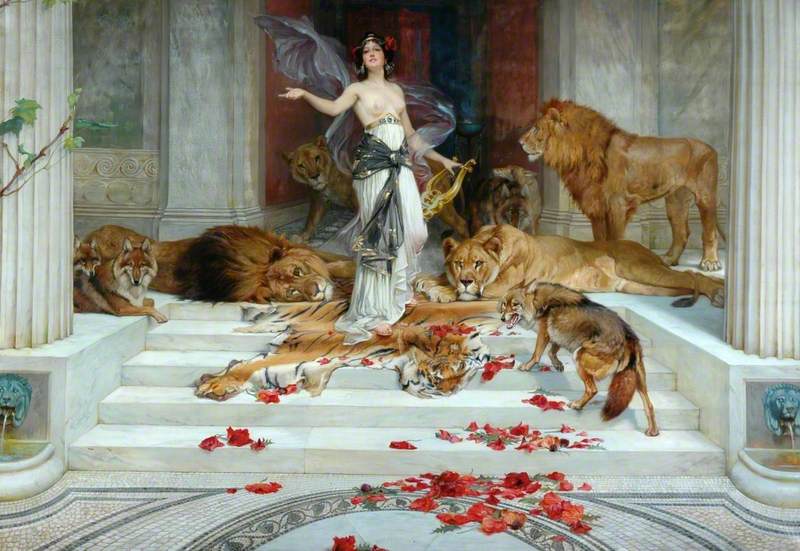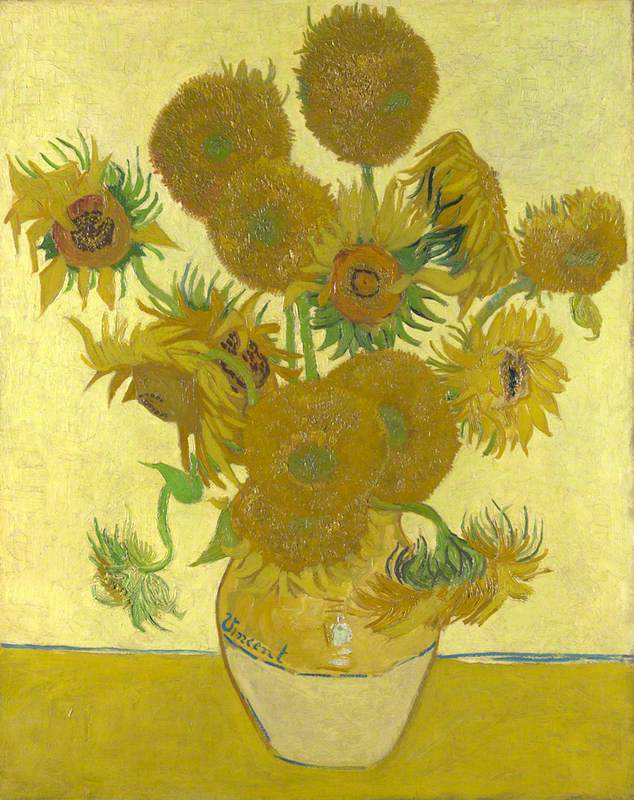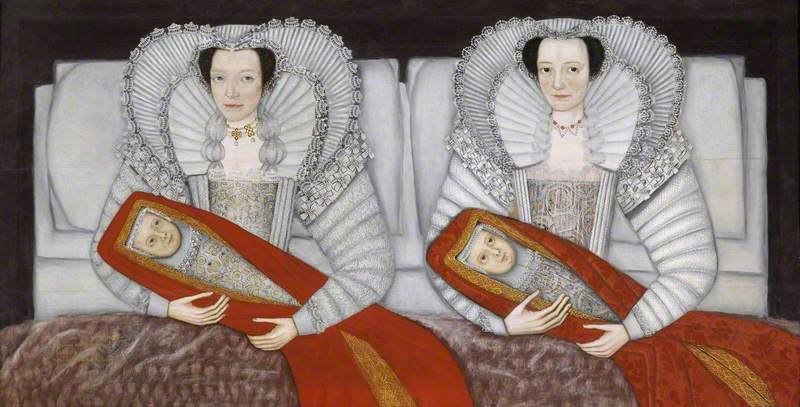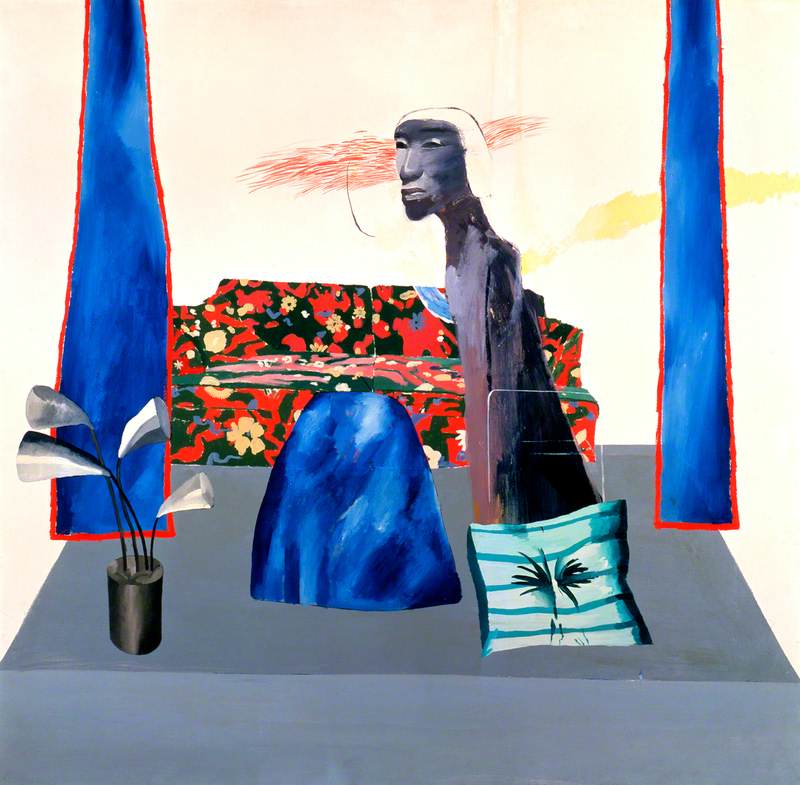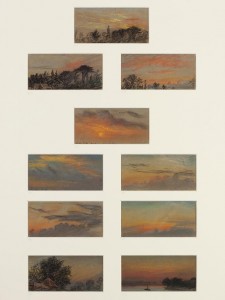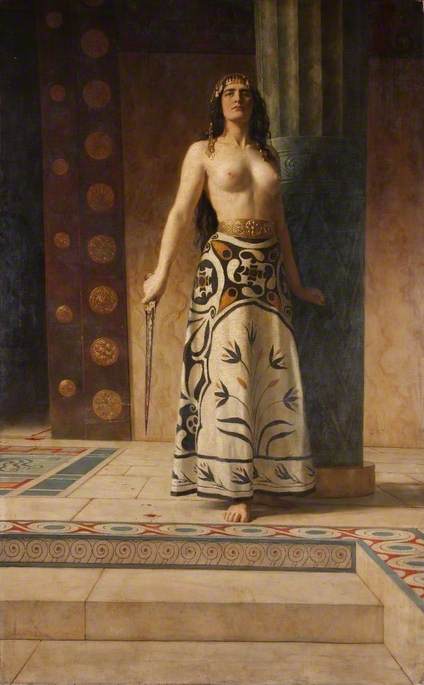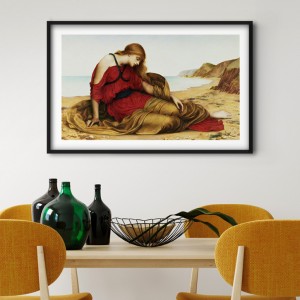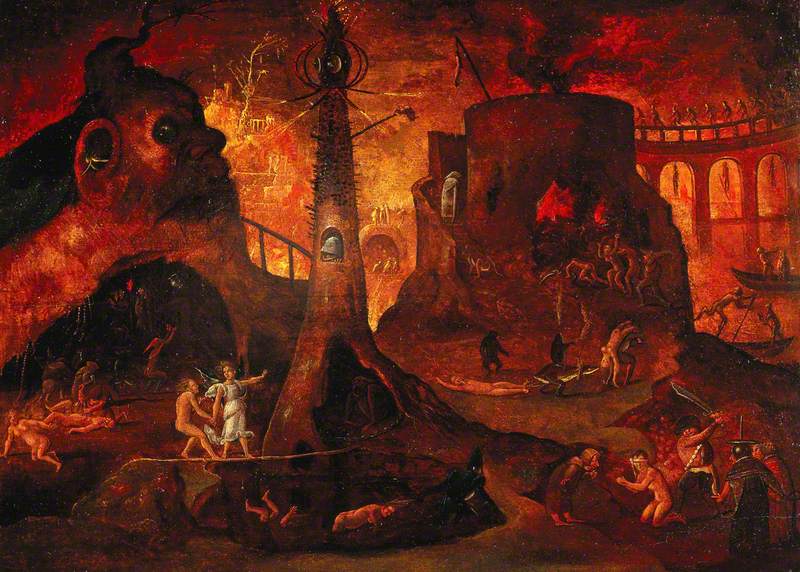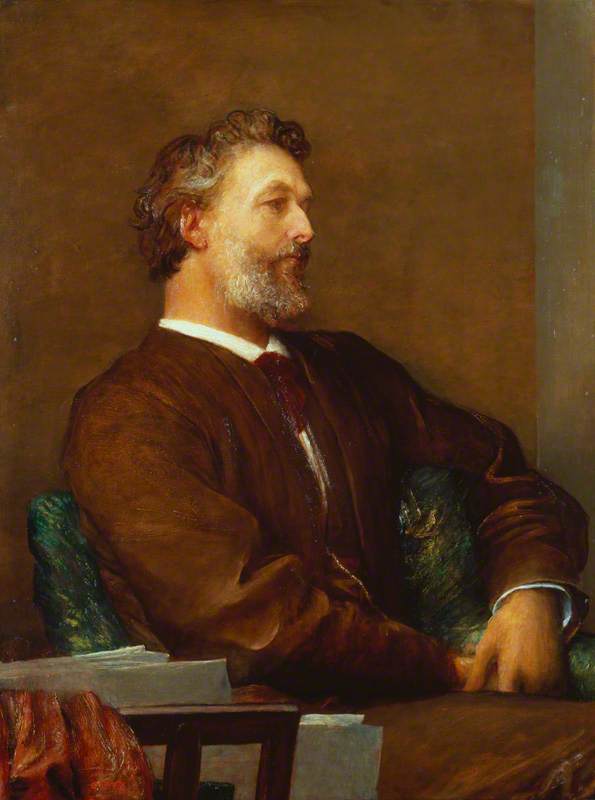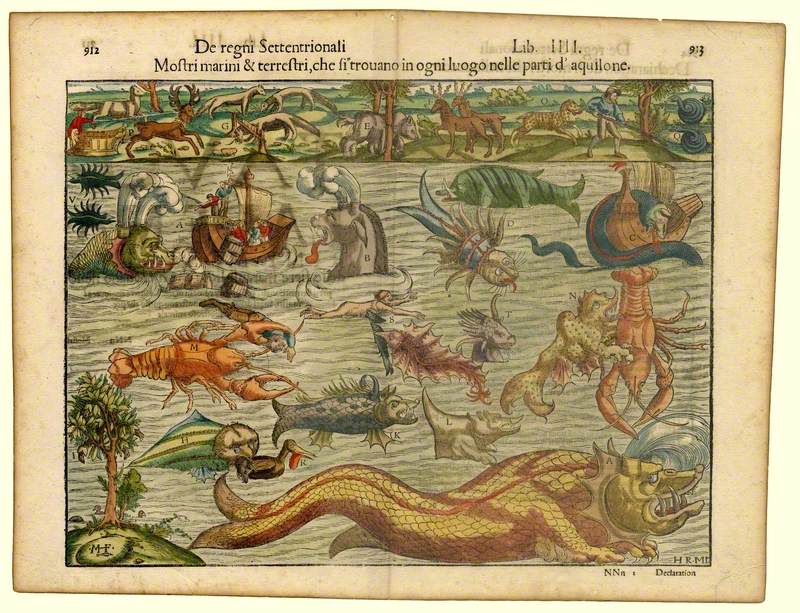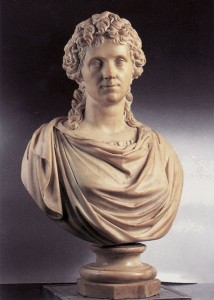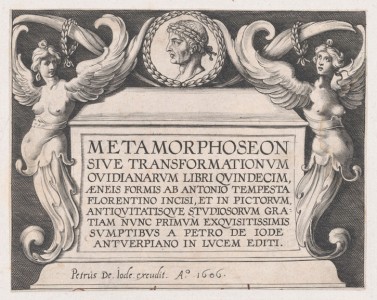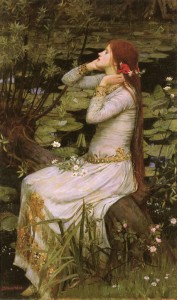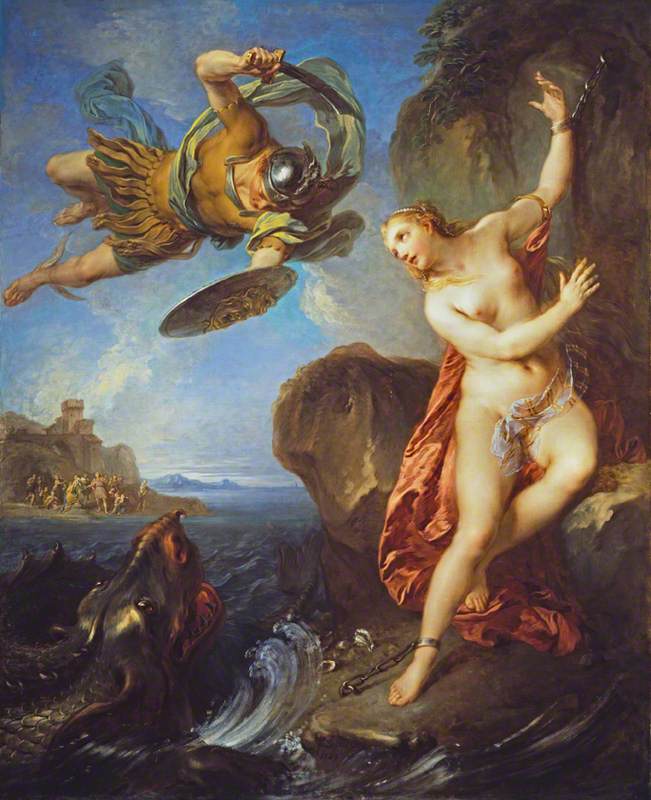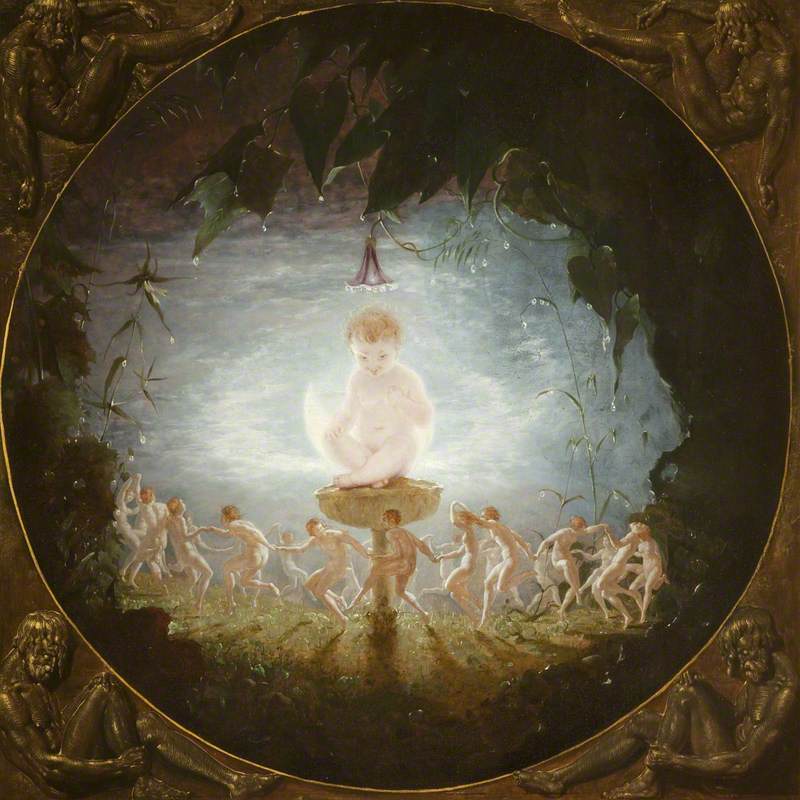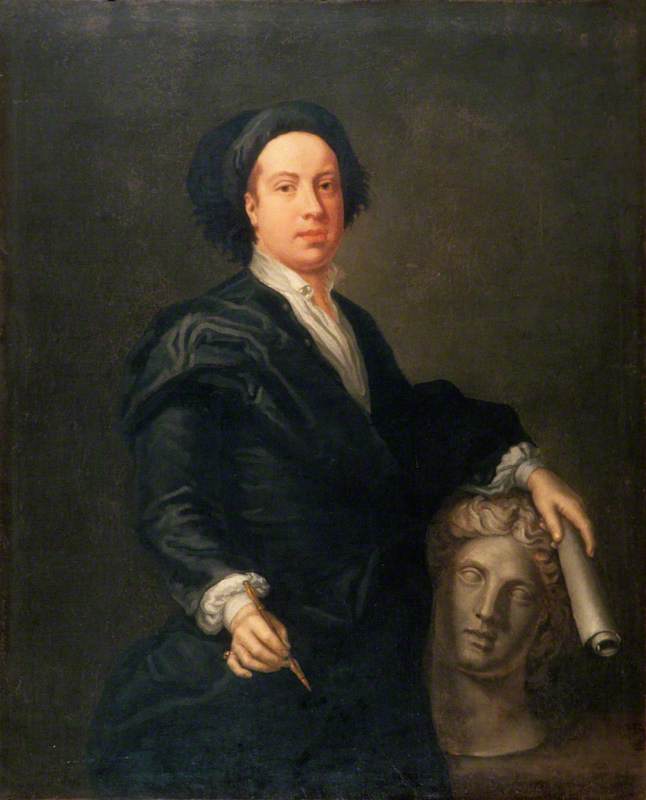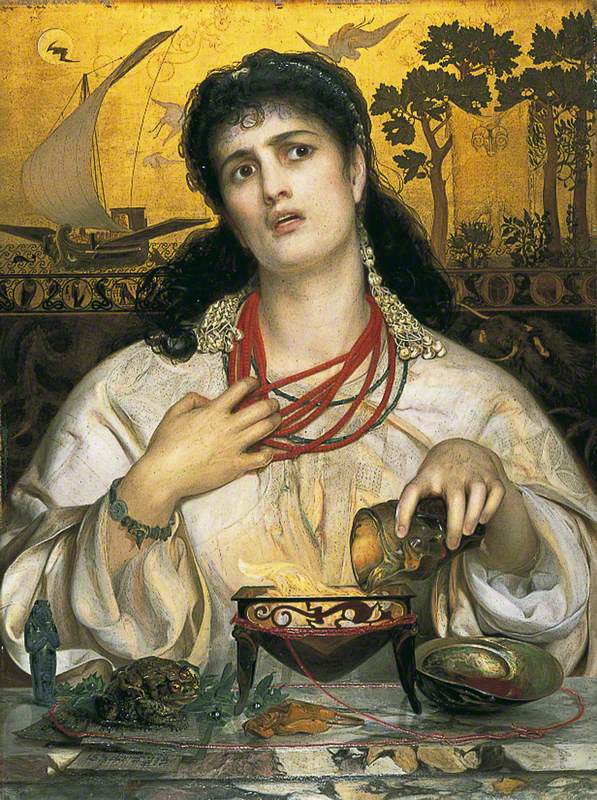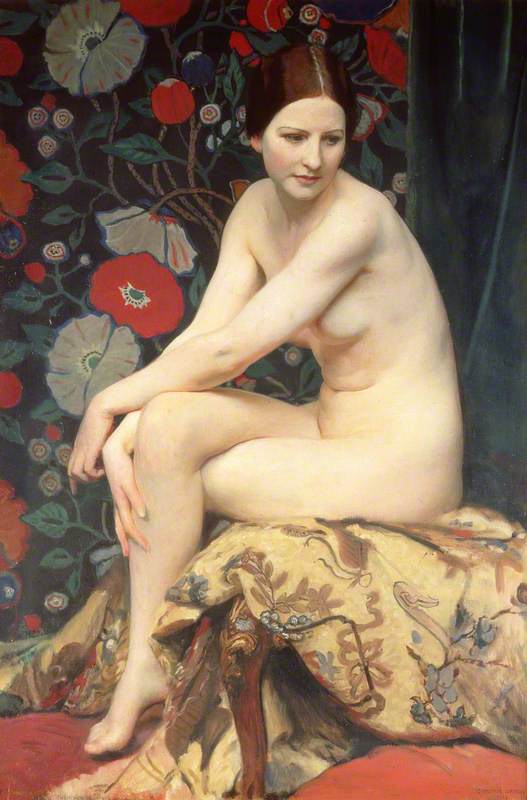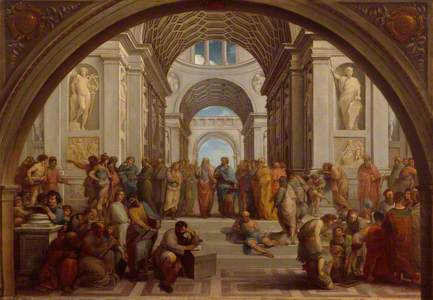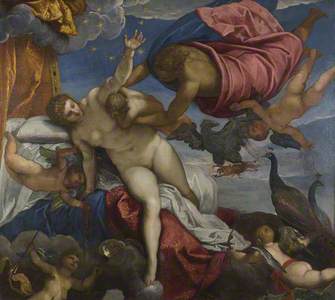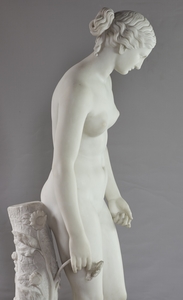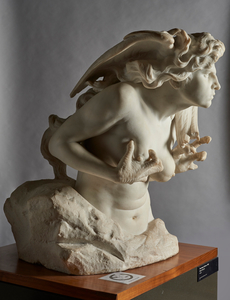Download and subscribe on Apple Podcasts, Stitcher or TuneIn
Art Matters is the podcast that brings together popular culture and art history, hosted by Ferren Gipson.
In western art history, there are themes one will encounter repeatedly and classical mythology is near the top of that list, alongside religious and historical scenes. Artists have been captivated by the tales of Greco-Roman gods for centuries, and getting a basic understanding of mythology can help unlock the context of many famous paintings and sculptures. I spoke to writer and classicist James Cahill to find out where these stories originate and how they've continued to inspire artists.
'Many of the famous myths that we find in art... are stories that go back to Greece and Rome,' says James. 'They occur, in particular, in ancient Greek poetry. For example, the epic poems of Homer, which were originally an oral tradition rather than written text. Or the poetry of Hesiod, who was an eighth-century BC poet who, among other things, wrote a poem called Theogony, which was all about the origins of the world and birth of the gods.'
These and other poems were retold over time and the writings of Roman authors such as Ovid helped to canonise these stories. Ovid wrote in the first centuries BC and AD during the reign of the first emperor of the Roman Empire Augustus. One of his most significant and well-known works is the epic poem Metamorphoses, which tells the stories of over 250 myths across a compendium of 15 books.
It's difficult to trace the origins of myths, but the theory of euhemerism proposes that some stories may have been born out of real-life events. Taking the story of the Minotaur as one example, the myth explains King Minos's wife gave birth to the half-man, half-bull after being seduced by a beautiful white bull. Minos locked the Minotaur in an elaborate labyrinth and the Athenians were required to send regular human sacrifices to appease the monster.
'The idea according to a euhemeristic position is that story in a real instance of a monstrous bull that terrorised people, and then the story developed layers and became fictionalised and turned into the myth as we have it,' says James.
We can find a further euhemeristic case study in Homer's Odyssey, with the story of the sea monster, Scylla. Scylla lived on one half of a narrow channel of water and would devour sailors who got too close to her. One take is that Scylla was based on a real-life beautiful prostitute who lured men away, and another theory is that the myth is based on the narrow Strait of Messina in southern Italy.
In a modern take on the story of Scylla, Ithell Colquhoun painted what appears to be two large cliffs jutting out of a body of water with a ship approaching the narrow gap between them. Beneath the surface of the water is a patch of coral. I always viewed this painting as being phallic, but upon reading about it and learning the story of Scylla, it's actually the opposite. Colquhoun was inspired by her view of the lower half of her body as she sat in the bath. The two cliffs are her legs in this case, with the coral functioning as pubic hair. Here, the monster who seduces sailors and leads them to their death takes on a natural, yet still metaphorical form.
During the medieval period, these stories became popular through illustrated editions. It's at this time that we see moralistic or cautionary elements introduced to mythology, using the tales to convey Christian values. This continued through the centuries and took on a new life through renaissance artists, who found the myths to be fertile ground for creativity.
'Artists began to look at something like Ovid with fresh eyes. And not just Ovid – the whole of classical antiquity in the fifteenth century was being reappraised and reassessed,' says James.
This appreciation for classical thought is embodied beautifully in Raphael's famous fresco painting The School of Athens located in the Vatican. The painting shows a large hall filled with noted Greek philosophers – each with little symbolic indications of who they are. Aristotle, pictured in the centre next to Plato, carries his well-known text on ethics, for example. Socrates is seen to our left explaining something to Alexander the Great, who is dressed for battle. The painting, and its placement in the Vatican, indicates that there was not simply a superficial interest in these myths during the renaissance, but a deep veneration for the philosophies of classical Greece and Rome.
Though there were many tales within Ovid's Metamorphoses, we see particular scenes retold again and again through painting. This may reflect the need for artists to consider the moral and religious restrictions of the period, as some of the stories would have been deemed inappropriate to depict.
'Sometimes there were stories in Ovid that were too grotesque to be depicted or surreal to be easily or safely depicted,' says James. 'Of course there were certain themes that lent themselves more obviously to visual representation and very often you'll find that moments from particular myths are illustrated again and again. So the moment where Narcissus gazes at himself in the pool is obviously more arresting and more famous and more popular than other moments in that particular narrative.'
In an early twentieth-century example by John William Waterhouse, we see the scene in which Narcissus falls in love with his reflection in the water, but Waterhouse also foreshadows the result of his vanity. Narcissus had rejected the advances of many women in the lead-up to this moment, including the nymph Echo, who is shown to the left. She became so heartbroken that the goddess Nemesis cursed Narcissus to fall in love with his own reflection, and he carried on looking so long that he wasted away and died. A narcissus flower grew in the spot where he died, and we see two bunches of the flower depicted in the painting. Stories like this conveyed moralistic lessons, but depicting some myths gave artists the opportunity to dabble in more sensual subject matters as well.
In the myth of the Judgement of Paris, the Trojan mortal Paris was tasked with judging a beauty contest between the goddesses Aphrodite, Hera and Athena. The three women each sought to influence his decision and in the end, he chose Aphrodite after she promised him the hand of the most beautiful woman in the world in return.
'That particular moment of the divine beauty contest afforded artists with an opportunity to show nude goddesses and nude women,' says James.
Knowing the context behind artworks can enhance a viewer's understanding of the symbolism and context of a piece. Sometimes we gain this understanding through art historical study but in many cases, we absorb these tales through popular culture. Many of these myths are repurposed and retold throughout the ages in the same way that we can see the influence of Jane Austen's Emma on the film Clueless, or find similarities between Shakespeare's Hamlet and Disney's The Lion King.
'Allusion is not a hard and fast thing – it's the hint of something rather than an explicit reference. I think looking at art is a similar thing,' says James. 'I think we do better to move away from a process of trying to identify clear-cut references to things, but instead just be able to perceive many of the different models, templates and structures that underlie any work of art.'
Listen to our other Art Matters podcast episodes

